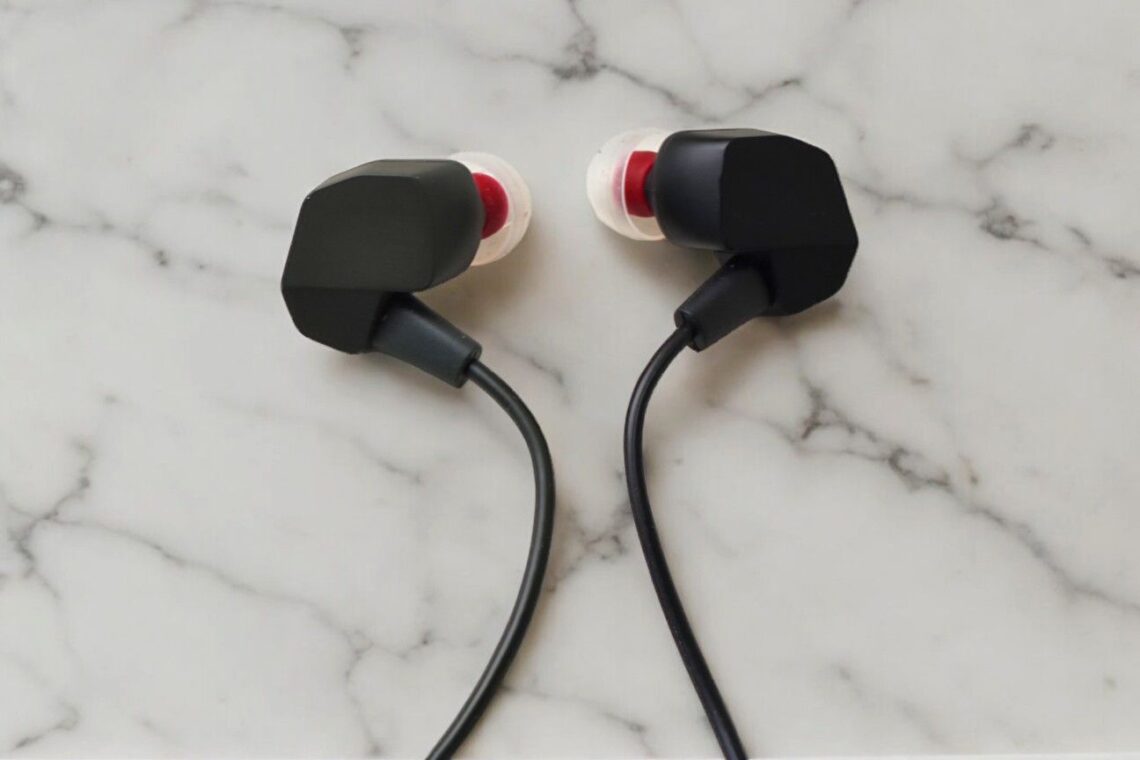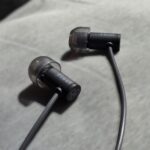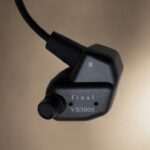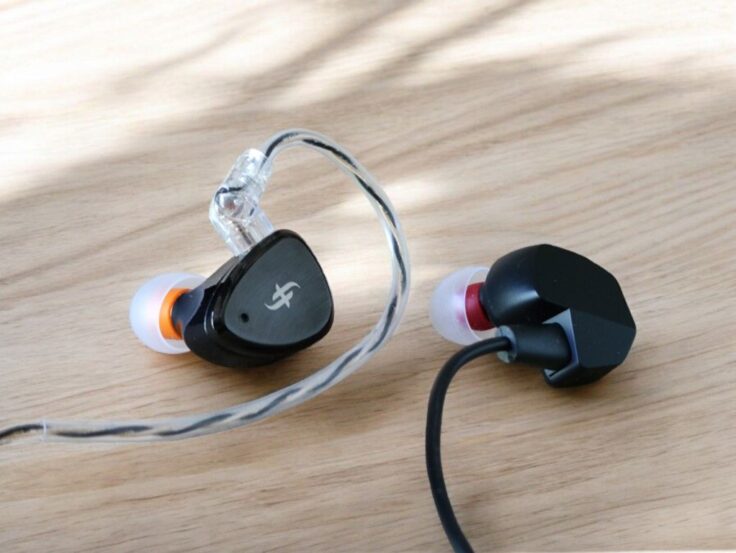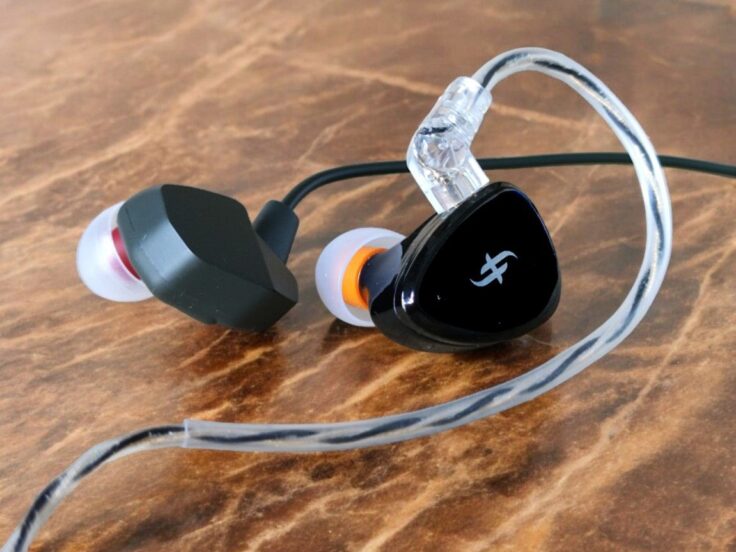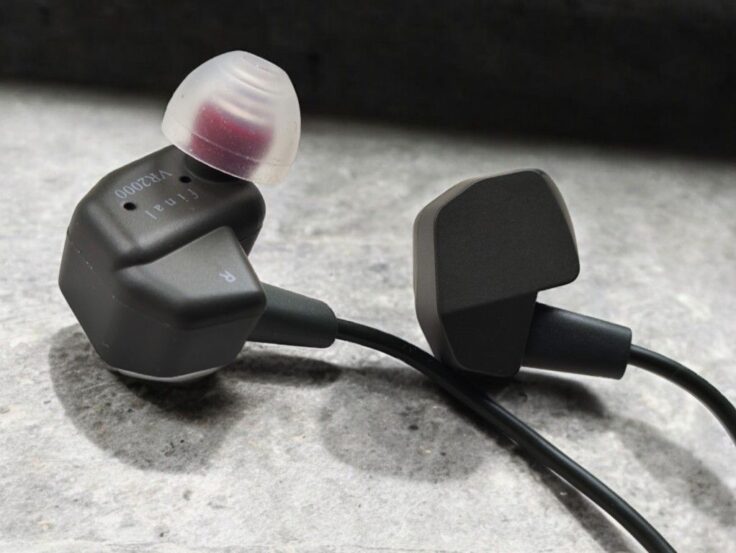In early 2021, Final introduced the VR3000 in-ear monitor. It was the first member of the new VR-series, which is designed specifically for gamers. By late 2023, they released the VR2000. These models have identical looking housing and cable, and both feature a 6 mm f-CORE DU driver. The distinction lies in the color and, most importantly, their tuning.
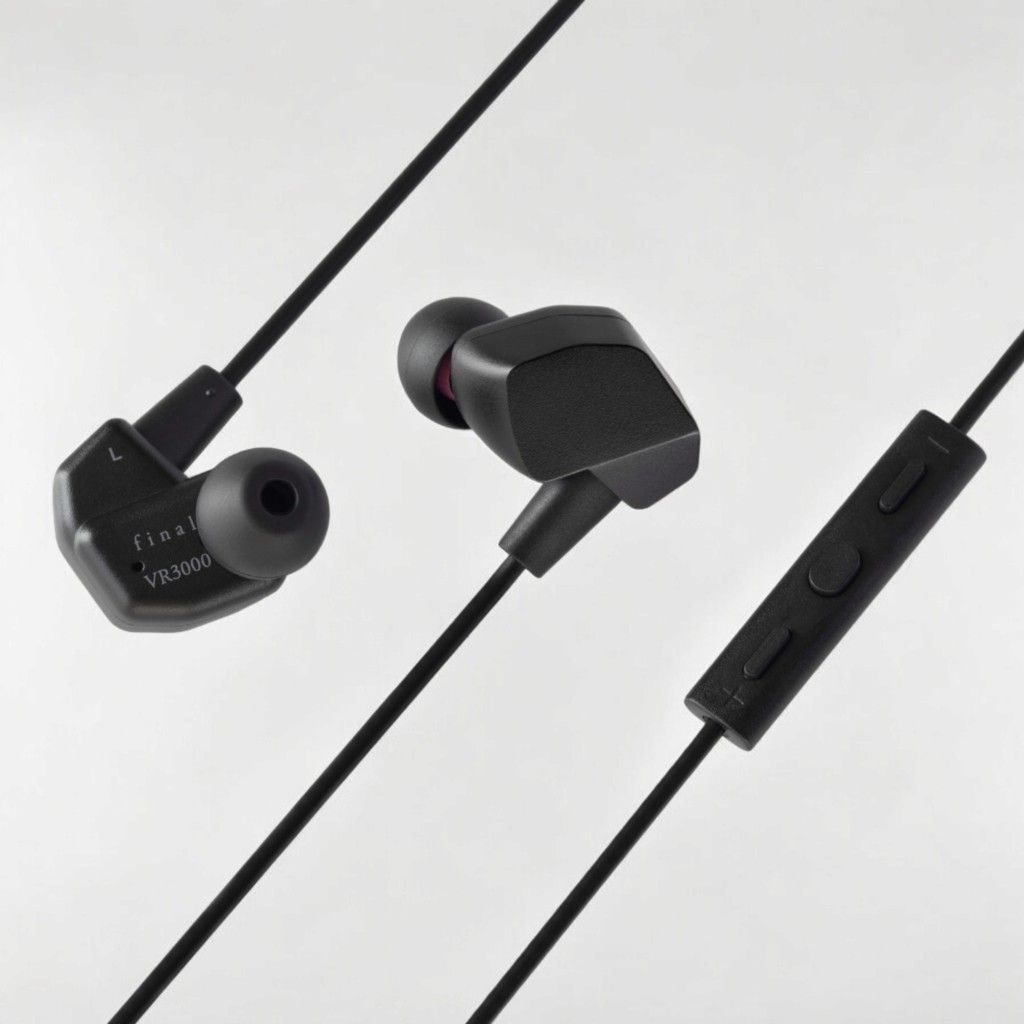
FINAL VR2000 and VR3000 SPECIFICATIONS
The two models have the same specifications except for a slight difference in sensitivity:
- Driver: 6 mm dynamic driver (f-CORE DU)
- Housing material: ABS thermoplastic
- Sensitivity VR2000: 102 db/mw
- Sensitivity VR3000: 101 db/mw
- Impedance: 18 Ohms
- Weight: 20 g
- Cable: 1.2 m non-detachable oxygen-free copper cable
- 3-button controller and microphone
- Angled 4-pole 3.5 mm jack
- Original E-type eartips in five different sizes
Price when reviewed: VR200 $69 / VR3000 $79
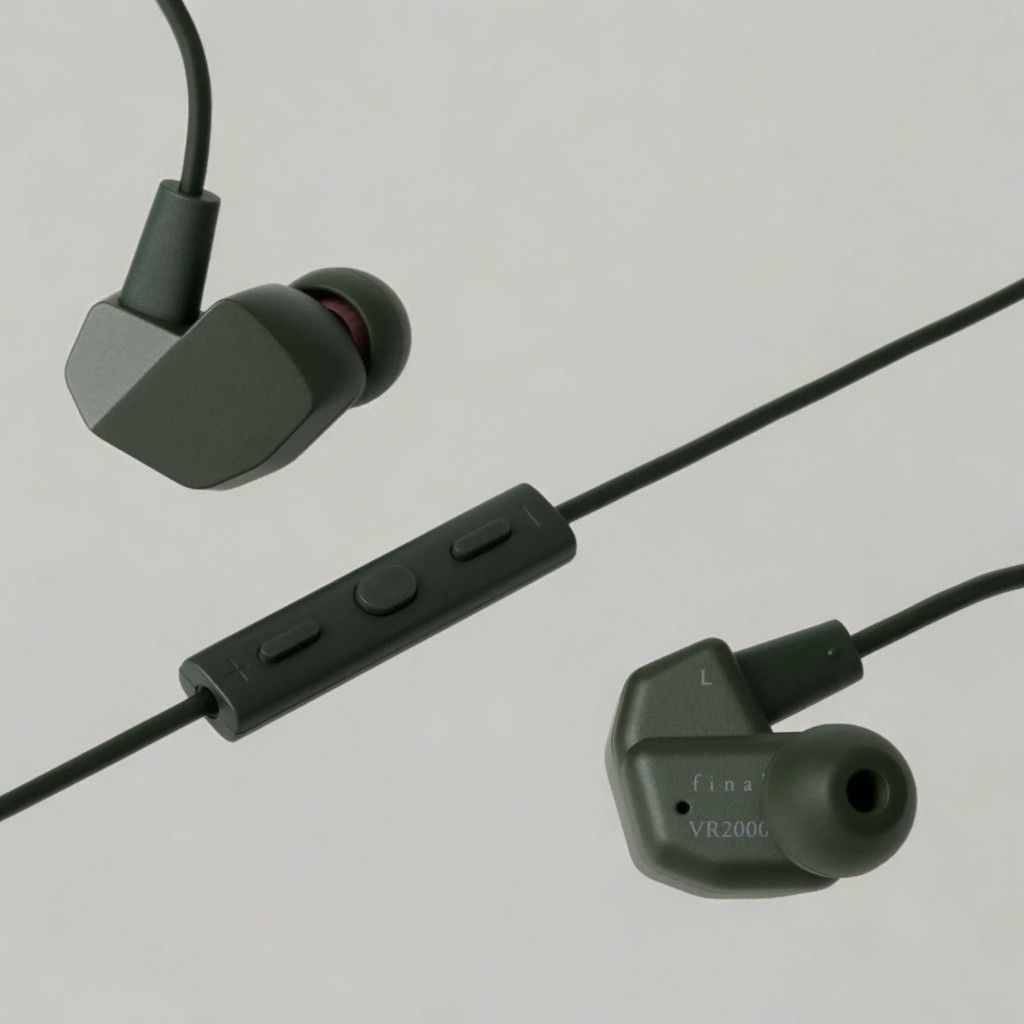
BUILD AND COMFORT
The VR2000 and VR3000 are identical looking, except for the color, with the VR2000 being dark gray and the VR3000 matte black. They’re made with price and weight in mind, and are extremely light. The non-detachable cable includes a mic and a three-button control interface, allowing you to pause movies, games and audio as well as adjusting the volume. The cable is a straight plain wire in a tangle-resistant finish. To make the earphones sit securely in your ear and also avoid possible microphonic noise, you can attach the supplied silicone ear hooks to the cable. I find the VR2000 and VR3000 to fit comfortably in the ear.
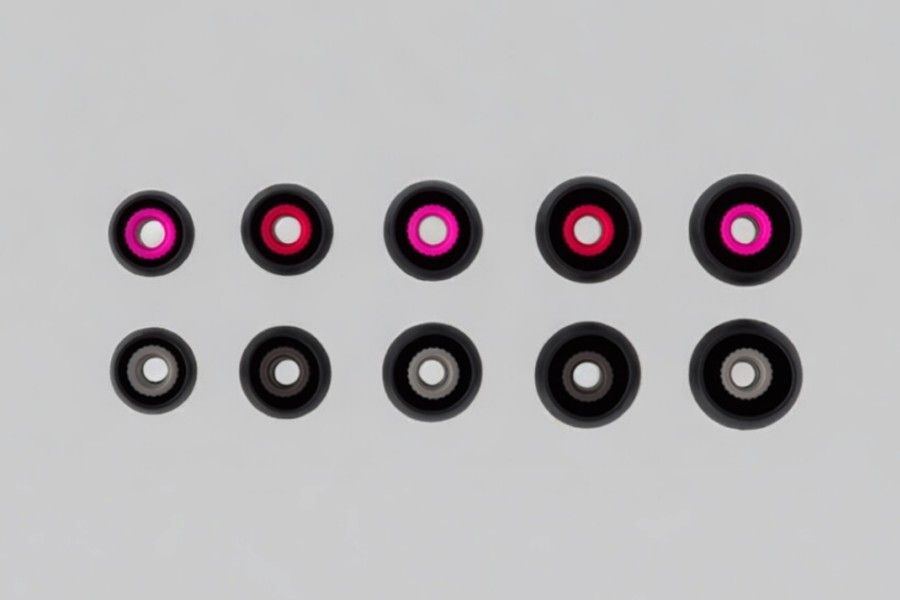
EAR TIPS
There are 5 sizes of Final’s own E-type quality ear tips included in matching colour (dark gray for the VR2000, black for the VR3000). However, you can use most aftermarket tips if you prefer that. I personally always experiment with different types of tips, and even though the supplied tips are fine, my SpinTip CP100 tips fit me better. The sound is very similar, maybe just a tad warmer, which I find to be a good thing.
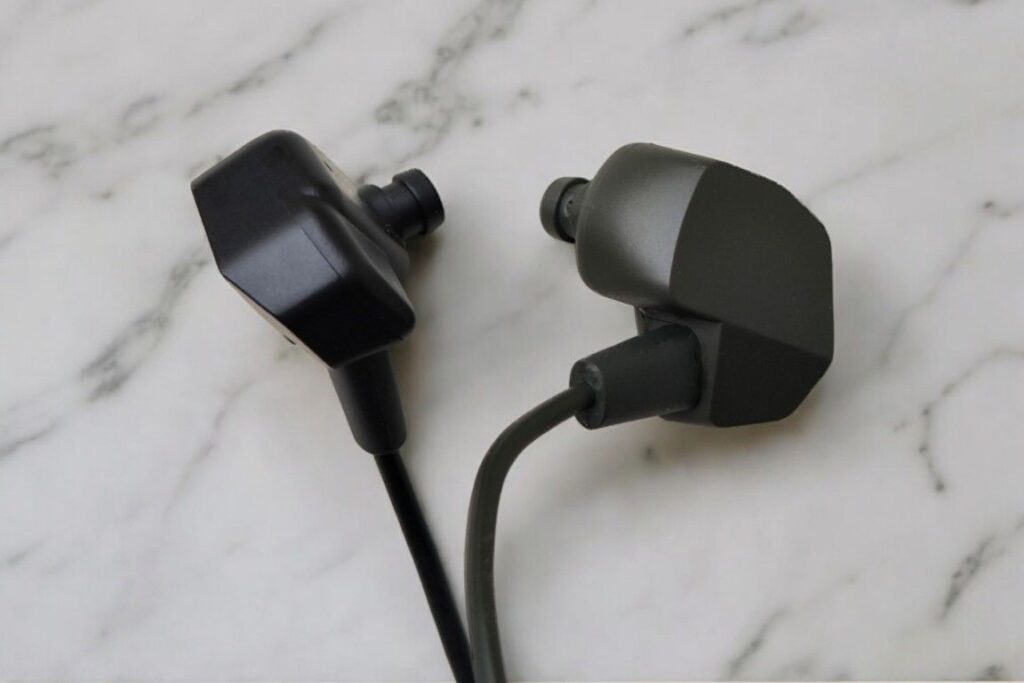
THE SOUND
Even though they look alike and have the same outer housing and driver, the VR2000 and VR3000 of course don’t sound the same.
Final developed the VR2000 as a variant of the VR3000. The aim was to enhance the capabilities in areas specifically beneficial for gaming. It emphasizes rapid response, clarity, and accuracy, elevating essential game audio cues for enhanced noticeability.
GAMES AND MOVIES
I am not a big gamer, but I tried out both earphones in different scenarios, both in various types of gameplay and watching movies. The VR2000 has indeed better imaging capabilities but is also brighter and sharper with less bass presence. If pinpoint imaging is the priority, the VR2000 is better; if you want more low-end rumble, the VR3000 might be the best choice.
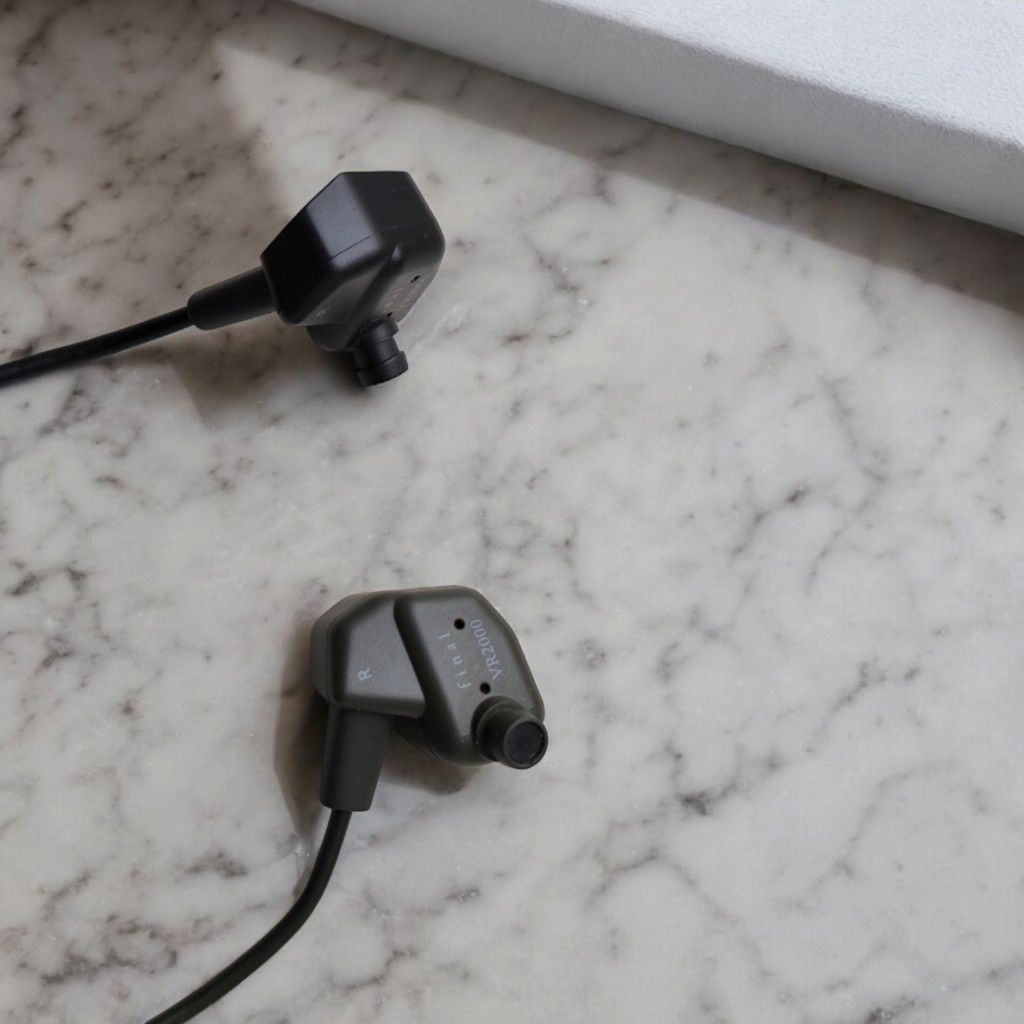
MUSIC
They are both, of course, fully usable for enjoying music and I will now continue with some track-by-track listening impressions. I’m using my desktop rig: the Topping A90 and RME ADI-2 DAC. The SpinFit CP100 tips are installed on both earphones.
Escape Route by Boris Blank
The VR2000 is tight and snappy, with very distinct and crisp upper mids and treble. The VR3000 has a lot more midbass, and the treble and upper mids are toned down but still crisp and clear. The VR2000 has better imaging but feels too crisp and sharp, and I enjoy the VR3000 more.
New Life Baby Paris by Mala
Again, they’re very differently tuned. Even though the VR2000 impresses with deep, controlled, and not overly dominant bass, the VR3000 sounds more full-bodied and immersive. The percussion is crisper and sharper with the VR2000. The soundstage size and imaging capabilities are quite impressive with the VR2000, the VR3000 is absolutely fine but not as good.
Jambi by Tool
The VR3000 has a good bass presence and sounds quite enjoyable; the highs aren’t too crisp. Moving over to the VR2000, things change. The most striking thing is the clean and tight sound. However, at the same time, the sound gets sharper with harder edges and less body. The imaging is again better with the VR2000.
Rocket Man by Bob James Trio
This album is recorded binaurally and is excellent for testing spatial capabilities as well as musical performance. It’s a great jazz album, and it sounds terrific on the VR2000. The soundstage and imaging capabilities are impressive; it’s not too bright or crisp here.
Moving over to the VR3000, the sound is thicker. The bass is much fuller. The highs aren’t as articulate, and the imaging is not quite as razor-sharp.
Lazarus by David Bowie
The bass is very tight and extended with the VR2000, but not very voluminous. The imaging is excellent, and the detail level is very high. The VR3000 has much more bass with better punch, less intense highs, and not as sharp imaging.
Come Away With Me by Norah Jones
Starting with the VR2000, the piano and guitar are very clear, the bass is polite, and the vocals are present but not very warm. The VR3000 offers stronger bass and a thicker sound. The vocals are very similar, though. The soundstage is more open on the VR2000.
Summer 3 – Vivaldi Recomposed by Max Richter
The VR2000 delivers a very three dimensional presentation. The soundstage is wide, there’s excellent separation and positioning of instruments, and there’s impressive layering. The strings sound airy and almost clinically precise. The VR3000 has much more mid-bass rumble and sounds less airy and crisp, but not less enjoyable; rather, the opposite; it has a nice full-bodied rendering.
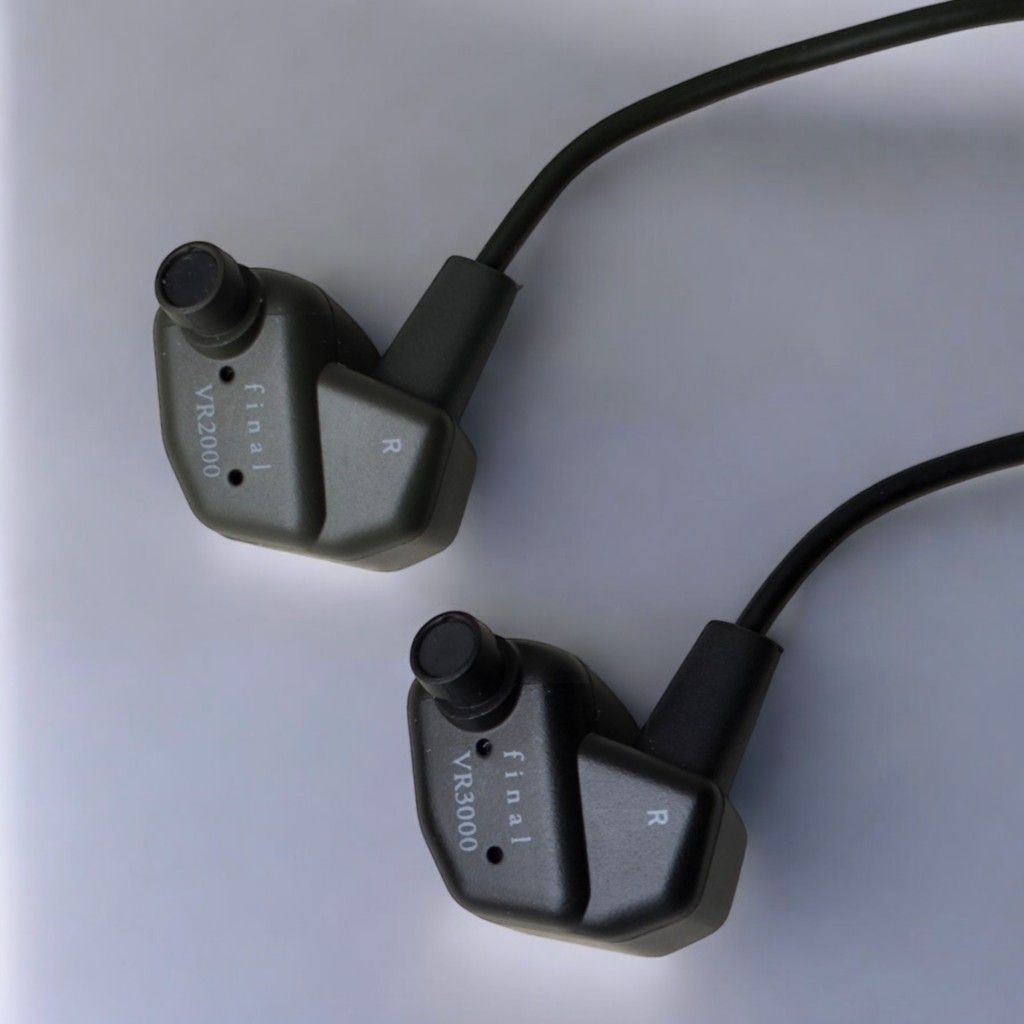
WRAPPING IT UP
Sounds Signature
Final tuned these earphones differently, and it’s not difficult to tell them apart. The VR2000 has a polite bass and lower mid, with more energy in the upper mids and treble. It’s a bright sounding IEM. The VR3000 is more traditionally V-shaped in its frequency response, with stronger bass, especially the mid-bass, similarly polite midrange and some extra emphasis on the treble, but not as much as the VR2000.
Treble
The treble is crisper and clearer sounding on the VR2000. However it can be quite fatiguing, depending on the music.
Midrange
The midrange is quite similar on both earphones, and it is polite but doesn’t feel very recessed unless compared directly to more midrange centric earphones. However, if you want your midrange to be warm and glowing, these are not your first picks.
Bass
The bass is very different between these two earphones. The VR2000 is super tight and polite in presence. The VR3000 is thicker and significantly punchier, but it feels less detailed and tight.
Soundstage and Imaging
This is a clear win for the VR2000. Its soundstage is wider, and the imaging is more precise. The VR3000 isn’t bad, but it’s not exceptional.
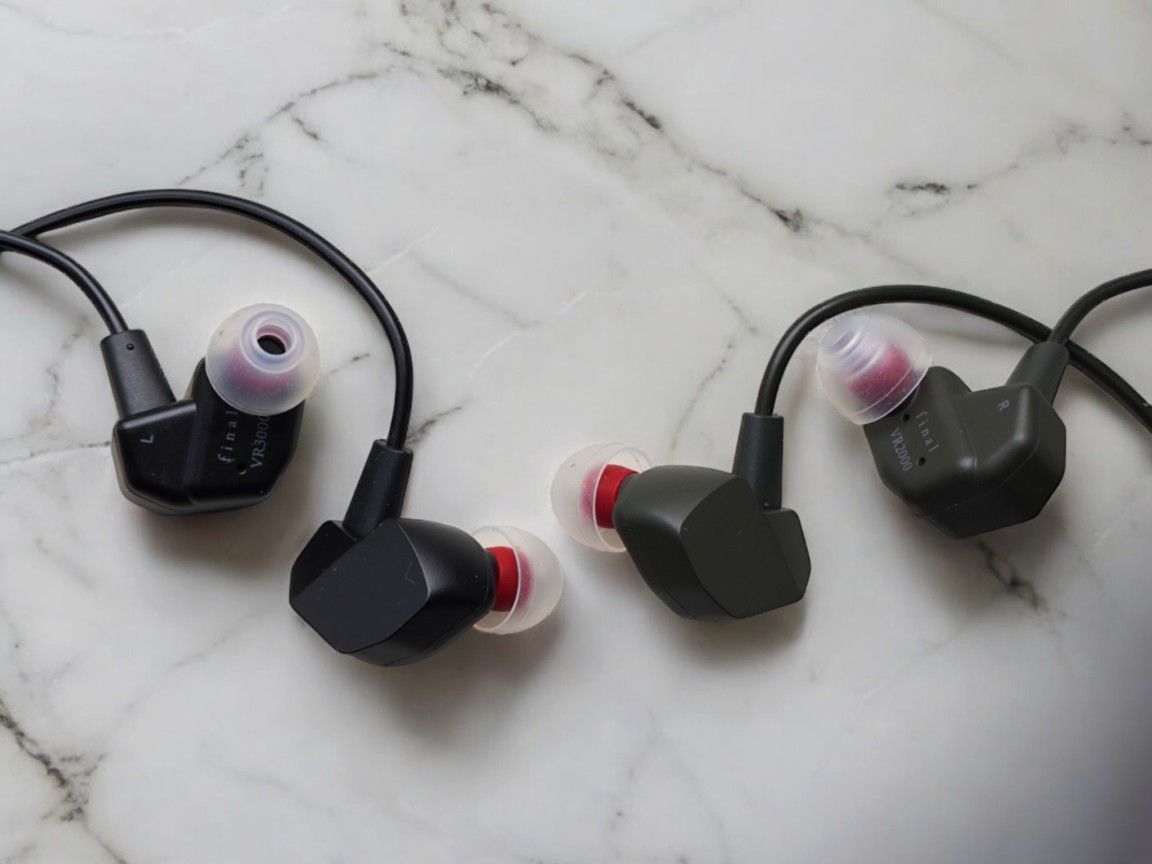
CONCLUSION
There is no doubt that Final achieved what they aimed for with the VR2000. It’s almost surgically precise and can feel razor sharp. For most gaming purposes, I imagine it’s the better choice. However, when it comes to dynamics and punchiness, the VR3000 is clearly better. Bass heavy sounds like explosions in games, will feel more powerful. It’s a trade off.
When it comes to music listening, the VR2000 can be fascinating, but I definitely prefer the fuller sounding VR3000 most of the time.
Purchase links:
- Amazon: VR3000
- Amazon UK: VR500 , VR2000 , VR3000
- Amazon DE: VR500 / VR2000 / VR3000
Final website on the VR-series
Any purchase you make on Amazon or Linsoul with any of our affiliate links will give us a small provision at no cost to you.
We only get a provision for items that are not returned, so there’s no incentive for us to recommend something that’s not good.
Linsoul : Headphones, Earbuds, Wireless Earbuds, Desktop DAC/AMP, Portable DAC/AMP, Digital Audio Players,
Amazon: Headphones, IEMs, Headphone Amplifiers, Home Audio or Anything else.
.
If you enjoyed this article or other content on The Headphoneer, you might consider leaving a small donation to keep this website up and running. No donation is too small. Thanks for supporting us!
If you like our work please follow us on Instagram, Facebook and Twitter , it will help us grow. Sharing is caring 🙂


